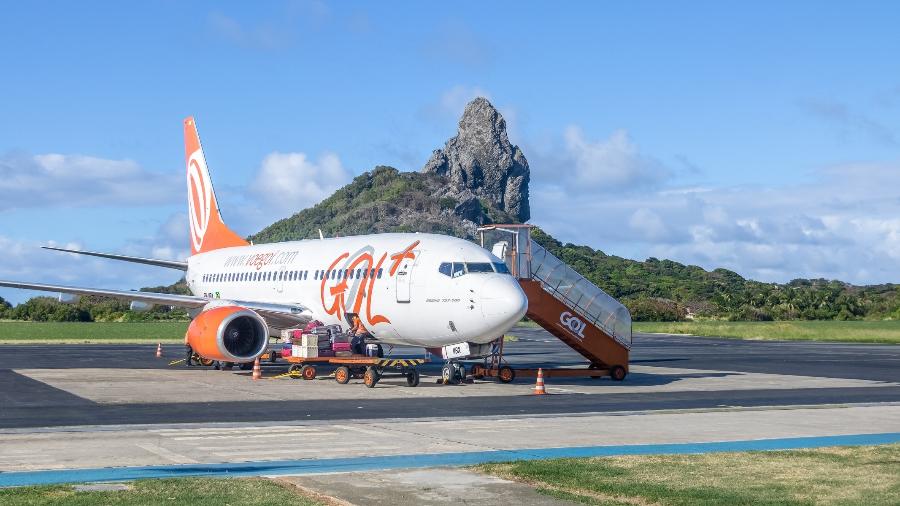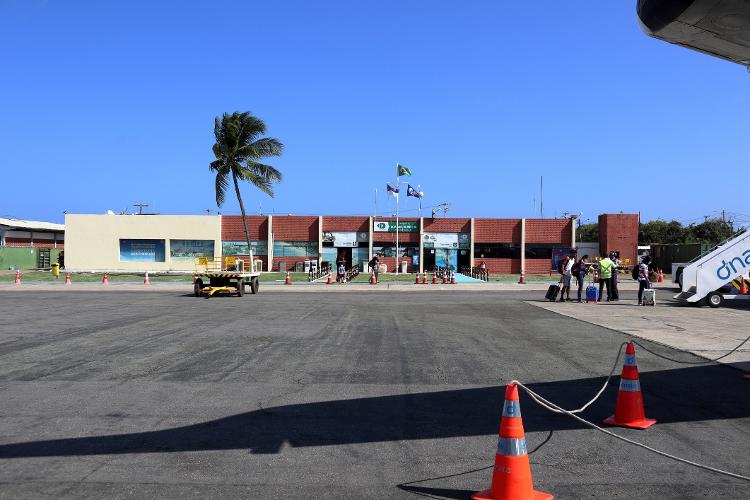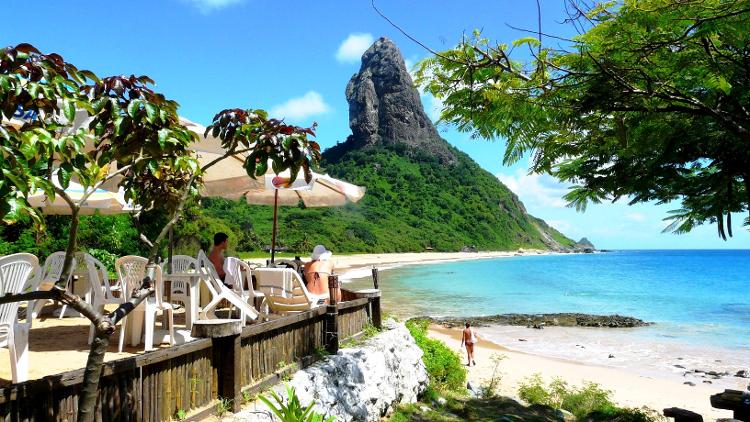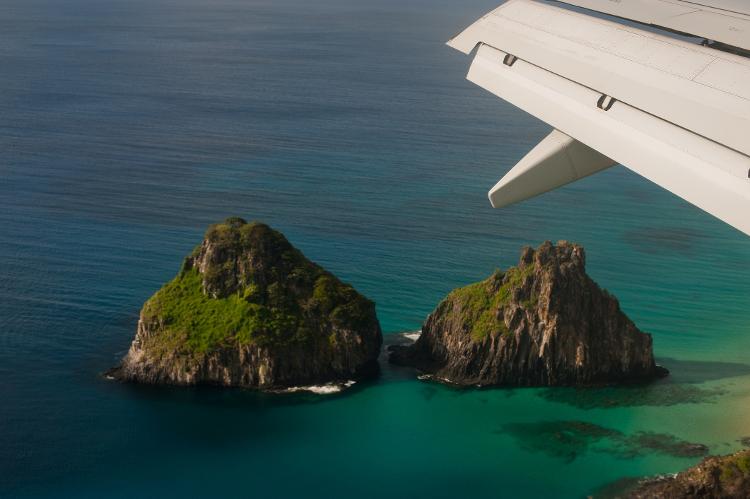Gol Airlines closed its base in Fernando de Noronha on Monday (13), five months after having its operation interrupted in the archipelago due to the interdiction of the landing strip for jet aircraft by Anac (National Civil Aviation Agency), confirmed the company.
Since October, most employees working at the base have been dismissed, although there have been reallocations to the base in Recife.
However, there is interest in rehiring the staff when the operation can be resumed.

Gol considers the closure temporary and informed that it is waiting for the completion of the airport readjustment works by the Pernambuco State Government, which started on October 6, and the release of the runway for jets by Anac – in addition to safety tests to be conducted by the company – to fly to the tourist destination again.
The National Civil Aviation Agency partially restricted the use of Fernando de Noronha Airport on October 12.
At the time, the measure was considered preventive and adopted due to the “operational conditions of the runway” to “preserve the safety of passengers, crew and air operations,” justified the Federal Government agency.

According to Anac, the airport had been monitored for three years.
In an inspection in 2019, degradations of runway sections of medium severity at the time were found.
In response, the airport sent a sidewalk recovery plan to Anac, but the planned works did not get off the paper, according to the agency.
Only palliative interventions were verified by September 26, 2022, such as the application of cold-mix asphalt.
Test results indicated functional impairment of the sidewalk surface since this type of asphalt “does not have adequate adhesion to the existing asphalt layer,” the federal agency indicated.

The text of the measure also explains that the material used for the repairs usually comes loose when the runway is subjected to stress – which happens during take-offs and landings of turbojet planes.
Residue from the asphalt can also get into the engines, turbines, and fuselages, causing damage and damaging the aircraft’s tires.
“The measure will be maintained until the airport operator demonstrates compliance with the determinations defined by the Agency in the scope of operational safety requirements,” Anac concluded.
PROHIBITED MODELS
Anac determined the suspension of flights with jet aircraft – turboprops like the Boeing 737, the model used by Gol – but stressed that ATR72 and Caravan models are not included in this restriction, in addition to turboprops.
Exceptions to the new rule also apply to aircraft operating medical emergencies or transporting valuables, provided that their trips are coordinated in advance with the airport.
Days after the suspension, Azul Airlines abandoned the Airbus A320 and Embraer E1 and E2 jets and resumed flying from Recife to Noronha with ATR72-600 model aircraft.
On the other hand, Gol flies exclusively with its 737 fleets and continues with interrupted operations.

WHAT THE GOVERNMENT OF PERNAMBUCO SAYS
The government of Pernambuco told Our in October that it would follow Anac’s determinations and invest just over R$60 million in the complete redevelopment of Fernando de Noronha Airport.
The emergency recovery of the runway would have started this Thursday (6) and would be completed by December.
Readjusting the runway capacity, upgrading the sidewalk and drainage system, and implementing signaling should be completed in 12 months.
Around R$59.9 million in state investments have been earmarked for this second stage, while R$1.2 million will cover the costs of the emergency repairs.
Also in October, Dix Empreendimentos, the airport’s operator for over 10 years, informed us that the emergency recovery work could be completed by the end of November when a new assessment should be made to lift the restriction on turbojet landings.
Already this Thursday (16), Anac clarified that the interventions made by the Government of Pernambuco at the airport so far represent only 0.1675% of the runway area.
“Even with the completion of these emergency repairs, the situation still persists, as already noted regarding the breakdown of the sidewalk and the risk of ingestion and damage to engines, fuselage, and aircraft tires by the detached material.”
In addition, the agency revealed that on January 18, it requested the airport operator to present new evidence to demonstrate that measures to correct the safety levels of the runway have already been taken but is currently “awaiting the forwarding of new information with details of the proposed actions,” such as a schedule of partial works.

Anac stated that it has, at the moment, no forecast for the removal of the operational restriction.
Sought about the finalization of the emergency recovery works, the Government of Pernambuco and Dix did not comment on the situation of the airport of Fernando de Noronha.
With information from UOL

